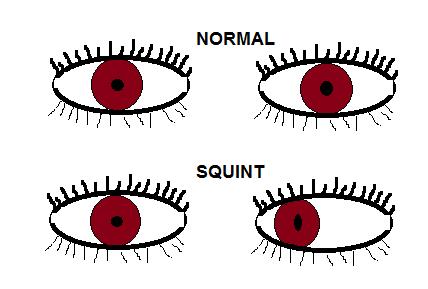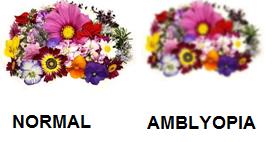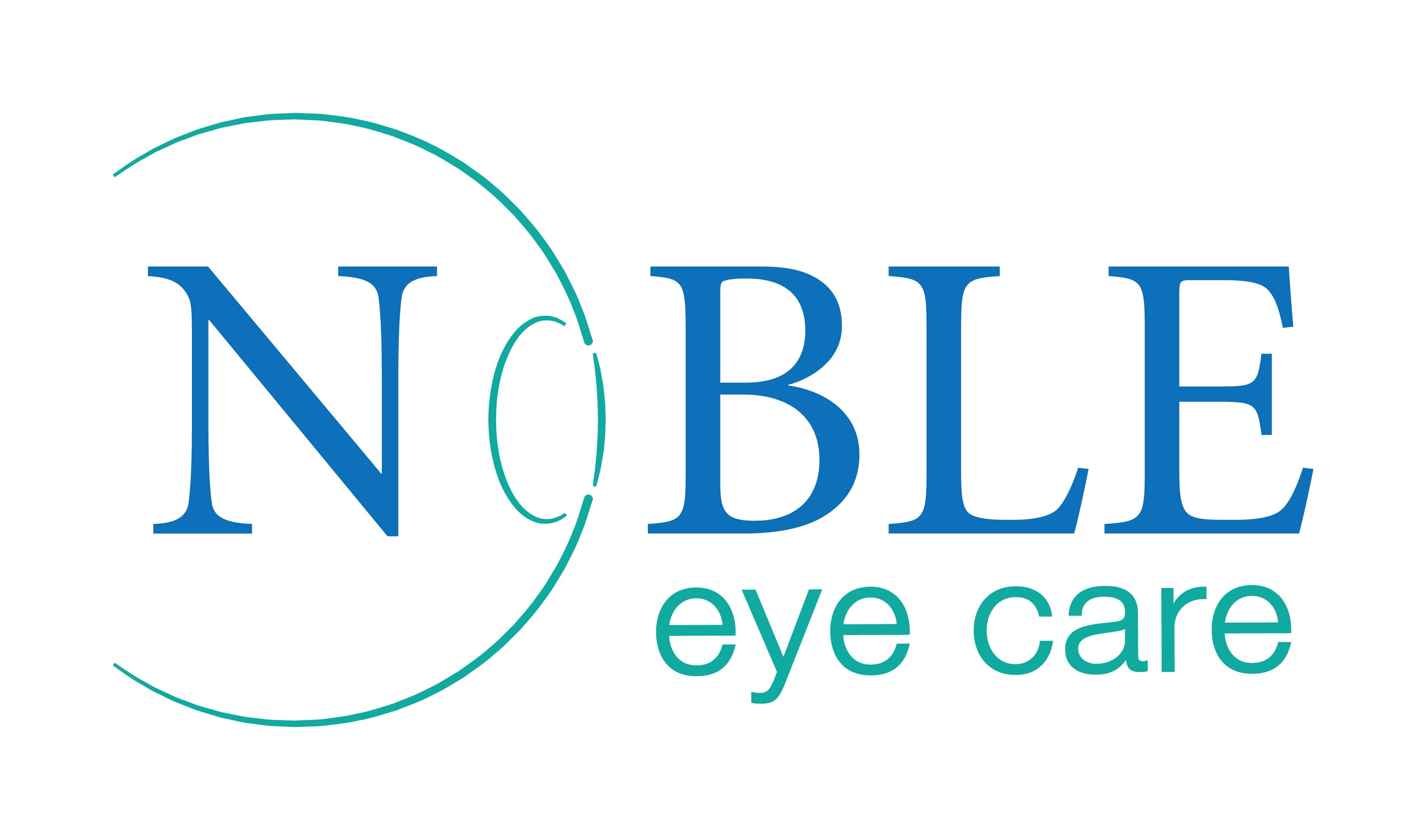What is Squint?
Squint is misalignment of the two eyes or a condition when both the eyes are looking in different directions. It is also called strabismus.

Is Squint Correctable?
Yes Squint is a correctable condition. The treatment involves both medical and surgical therapy.
Can squint affect vision?
Yes, Squint is not only a cosmetic problem and it can impair vision in the form of amblyopia (Lazy Eye) where the squinting eye has a reduced and hazy vision. Squint almost always affects binocularity (our ability to use both eyes simultaneously to view objects in 3 dimensions).


Can Correction of squint restore vision and binocularity?
Treatment for amblyopia has to be done in childhood (up to teenage years) using occlusion therapy. Correction of squint can prevent recurrence of amblyopia related to squint. If squint is corrected in the early years of childhood (from 6 months to about 5 to 7 years) some degree of binocularity can be achieved.
What if there is squint for only part of the day?
Squinting for only part of the day is called intermittent squint. Such squint has a good outcome for binocularity and vision but may have troubling diplopia (double vision).

I have normal vision with squint. Do I still need to wear the glasses prescribed?
Glasses are presecribed to control the amount of squint and need to be worn even if you have normal vision. Sometimes, it may seem that the glasses are making the vision blur, but that will become alright if you wear glasses all the time and regularly. Children should wera appropriate glasses and not peep over them.
What treatment options are available for squint?
Each case of squint is different and has to be treated differently. The first step in treatment includes giving a proper spectacle correction after doing a refraction under cycloplegic drops. This is followed by either a patching therapy for correcting amblyopia or preventing diplopia. Finally, there is squint surgery involving surgery on the muscles of the eye to generate a balance between the two eyes. In some types of squint such as intermittent squint, eye exercises may be tried prior to surgery.
When is the right time to undergo surgery?l
For children with esotropia (inward deviation of the eye,) surgery should be done as early as possible ideally by 6 months after birth. For exotropia (outward deviation of the eye), surgery is recommended by 4 to 6 years of age. On adults, surgery may be done anytime for most squints.
Is squint only inward or outward deviation of the eyes?
No, squint are of various types. The eyes may be horizontally misaligned (inward or outward), vertically misaligned (up or down) or both. The squint could be comitant (equal deviation of the eyes in all gazes) or incomitant (different deviation in different gazes). There may be a pattern of deviation (A or V or Y ) or there may be associated nystagmus (wriggly eye movements0). Squint couls result from paralysis of the nerve supplying the eye muscles or due to a problem of the muscle themselves. Therefore each squint has to be carefully evaluated and managed on an individualised basis.
What are the surgeries performed for squint?
There are many types of surgical procedures done for squint. Mainly, squint surgeries involve either weakening the muscle by a process called recession (where it is inserted at a point behind the original insertion) or strengthening it by resection (shortening the muscle tendon length) so that it becomes taut.
Is there chance of recurrence after squint surgery?
There is a small chance of overcorrection or undercorrection of a squint or recurrence. However, if the surgery is done after proper evaluation and in expert hands, this chance is minimal.
![DigvijayProfile[1]](https://drdigvijaysingh.com/wp-content/uploads/2017/11/DigvijayProfile1.jpg)
